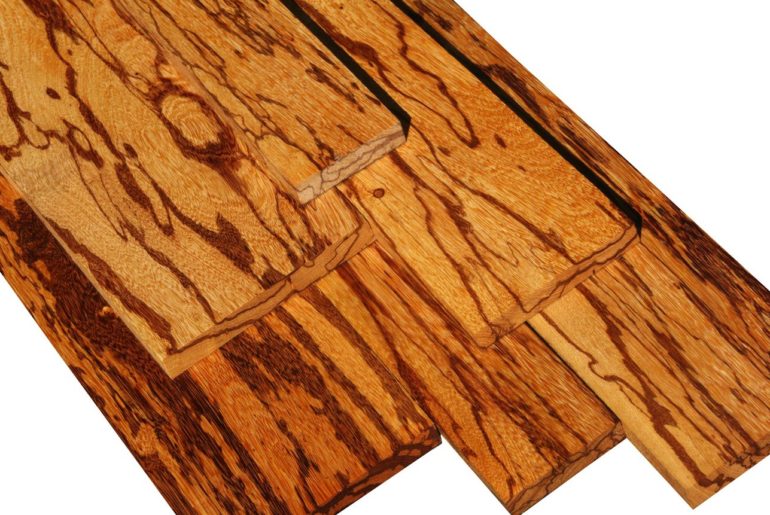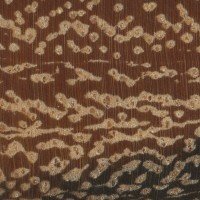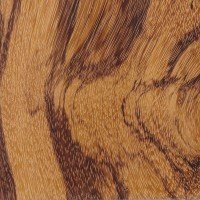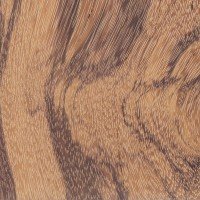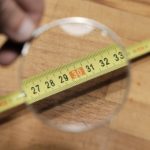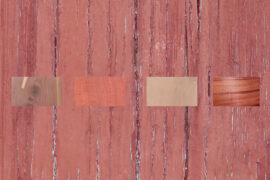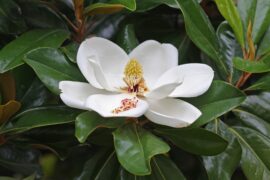It can be said that there are at least 19 species of marblewood which all of them have the common name marblewood.
As its name implies, it has a beautiful marble shell that has an interesting color spectrum.
Marblewood tree has different pharmaceutical properties and is used in the pharmaceutical industry.
Usually, marblewood (Also sometimes known as “Serpentwood”) grow up in Northeastern South America, and its wood is almost expensive.
This wood has very beautiful texture and is very suitable for making decorative items.
In the below, you can see some information about marblewood.
Lichtenberg Wood Burning eBook
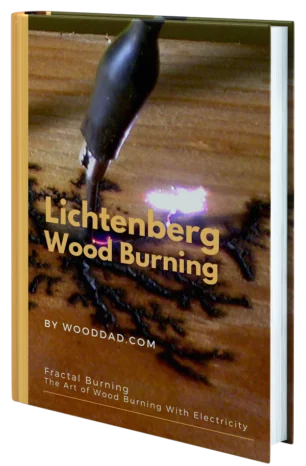
Download Lichtenberg Wood Burning eBook
One of the modern techniques for creating wooden artwork is called Lichtenberg wood Burning. In this eBook, we are going to introduce this newfound art to you.
This technique is known with some different names such as Lichtenberg wood burning, fractal wood burning, and electricity wood art.
This technique should not be confused with wood burning art or pyrography. The art of pyrography on wood is the art of creating motifs and designs by burning with hot metal tools on objects such as wooden surfaces.
Lichtenberg burning is a wood-burning technique for creating designs with electricity.
This eBook is a comprehensive guide on Lichtenberg Wood Burning. All you need to know for Lichtenberg Wood Burning is here.
This is a limited-time offer, order now to get access to the future eBook releases.

